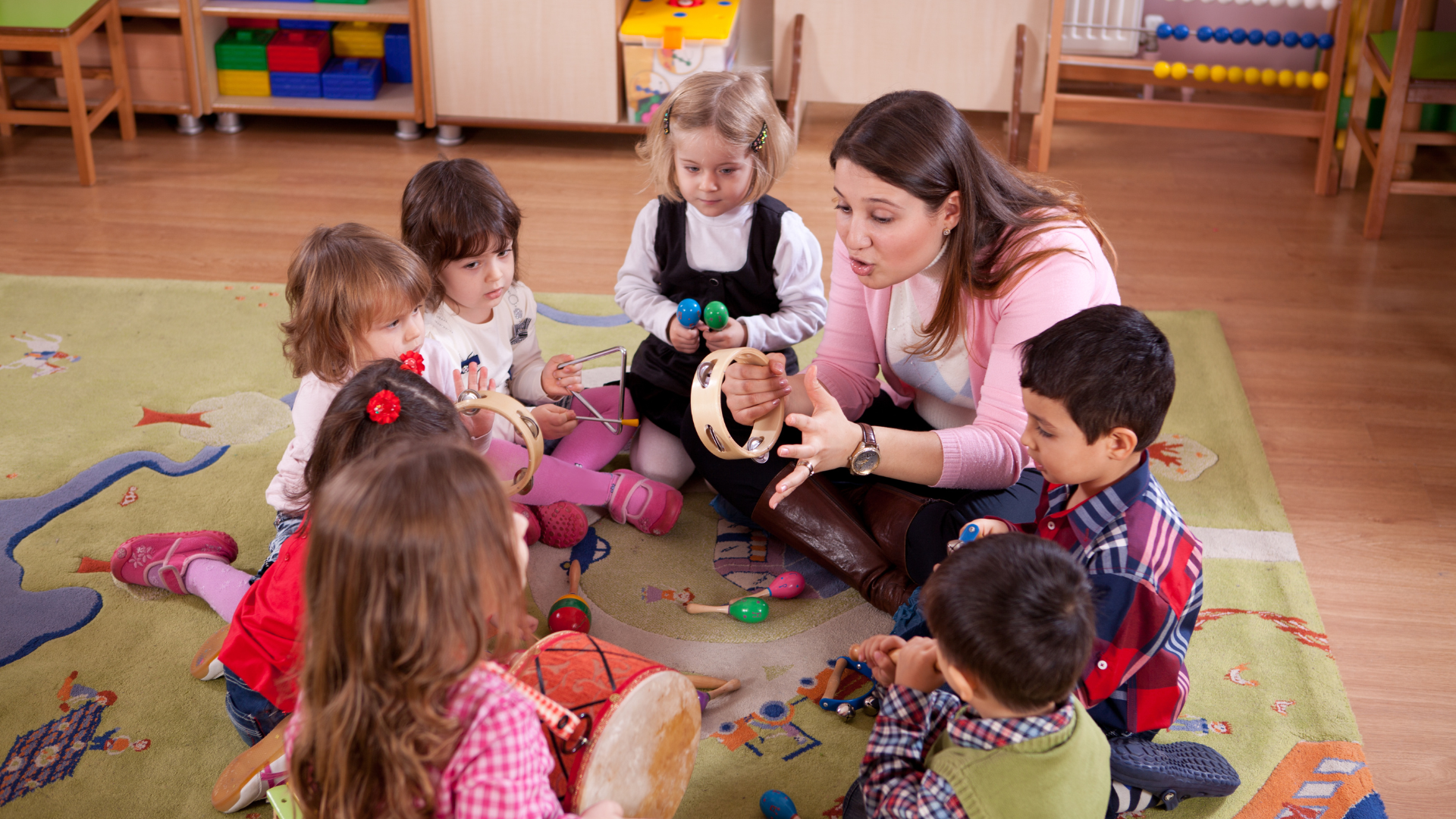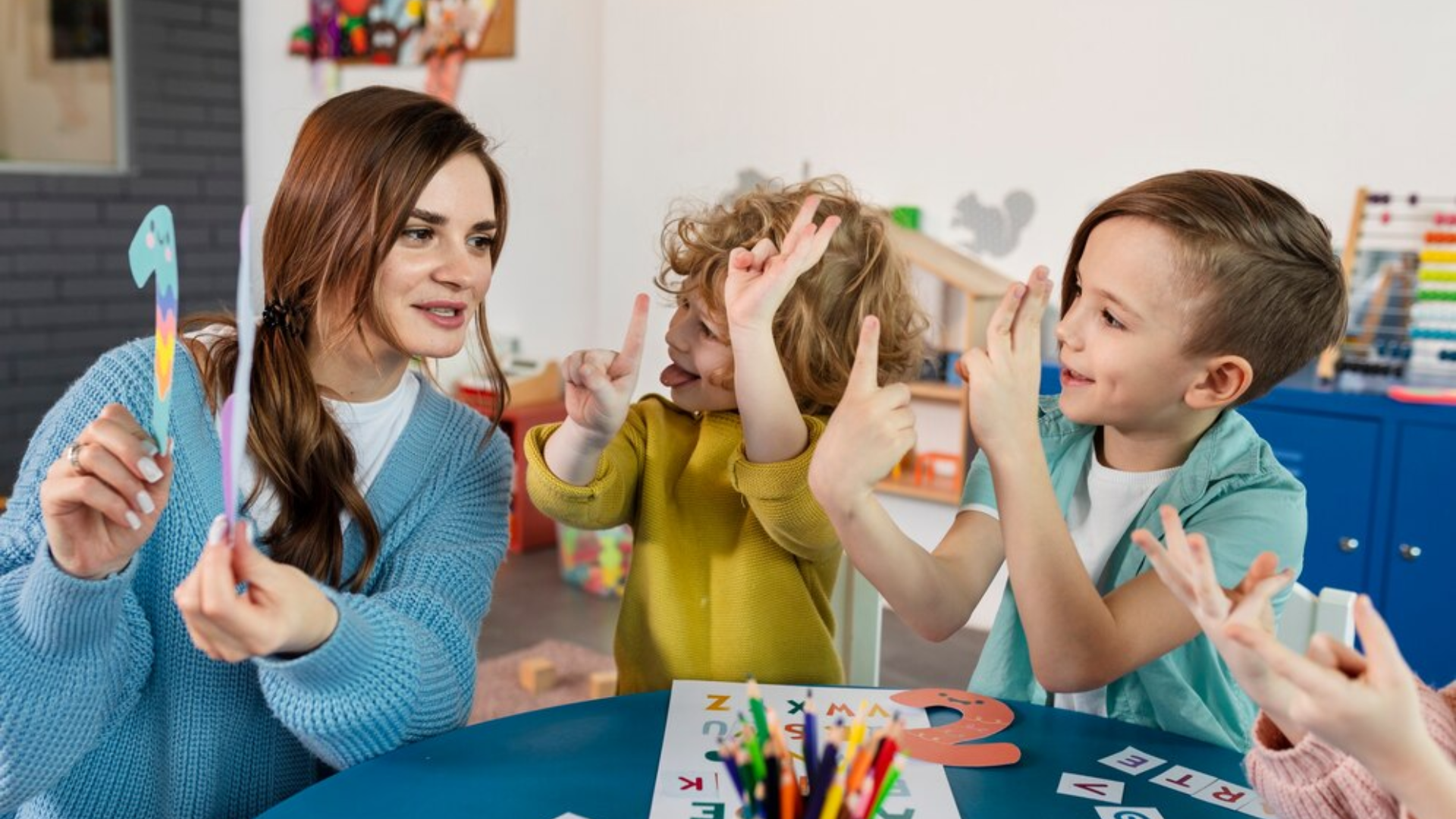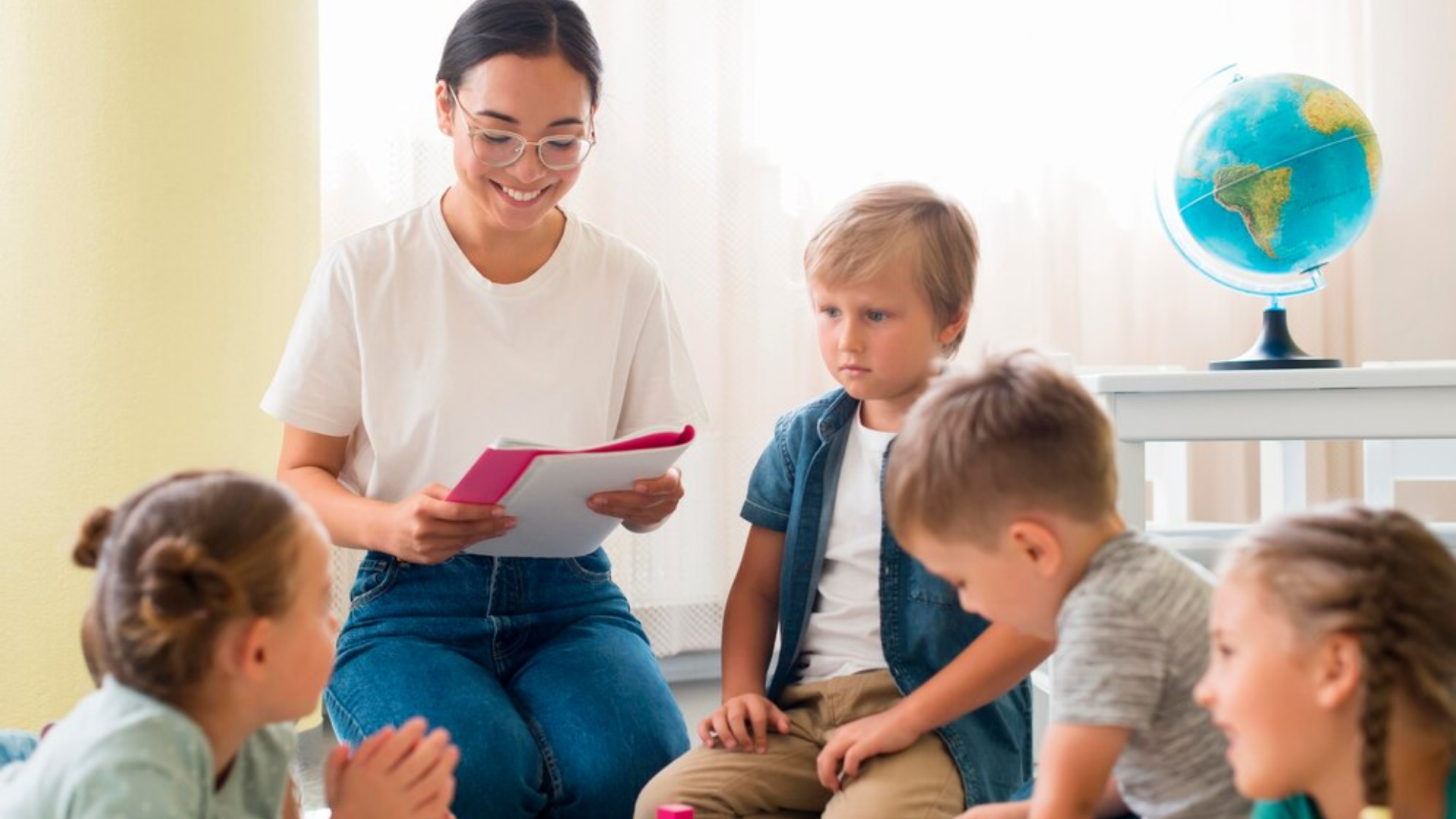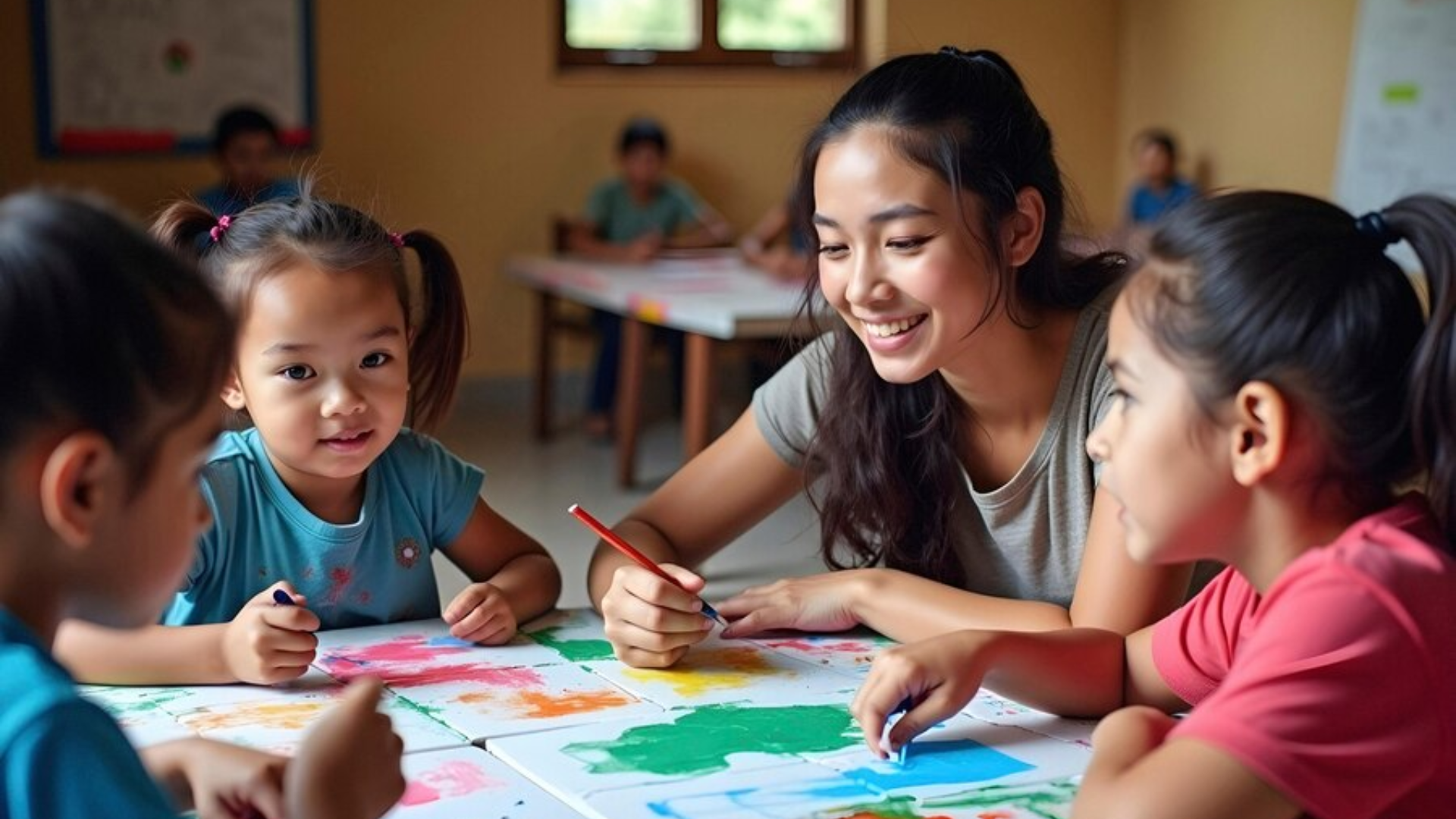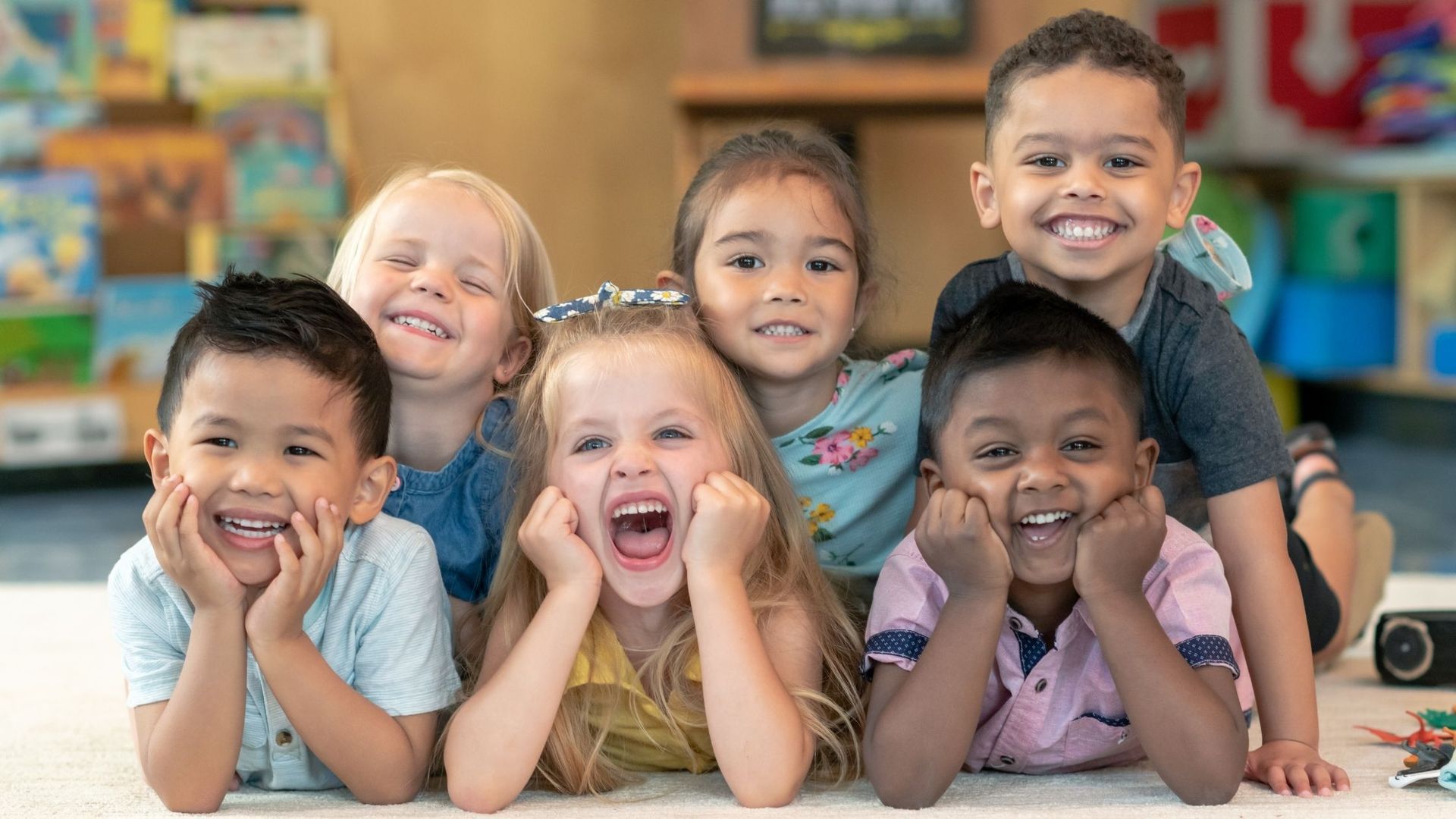The Science Behind Early Childhood Brain Development
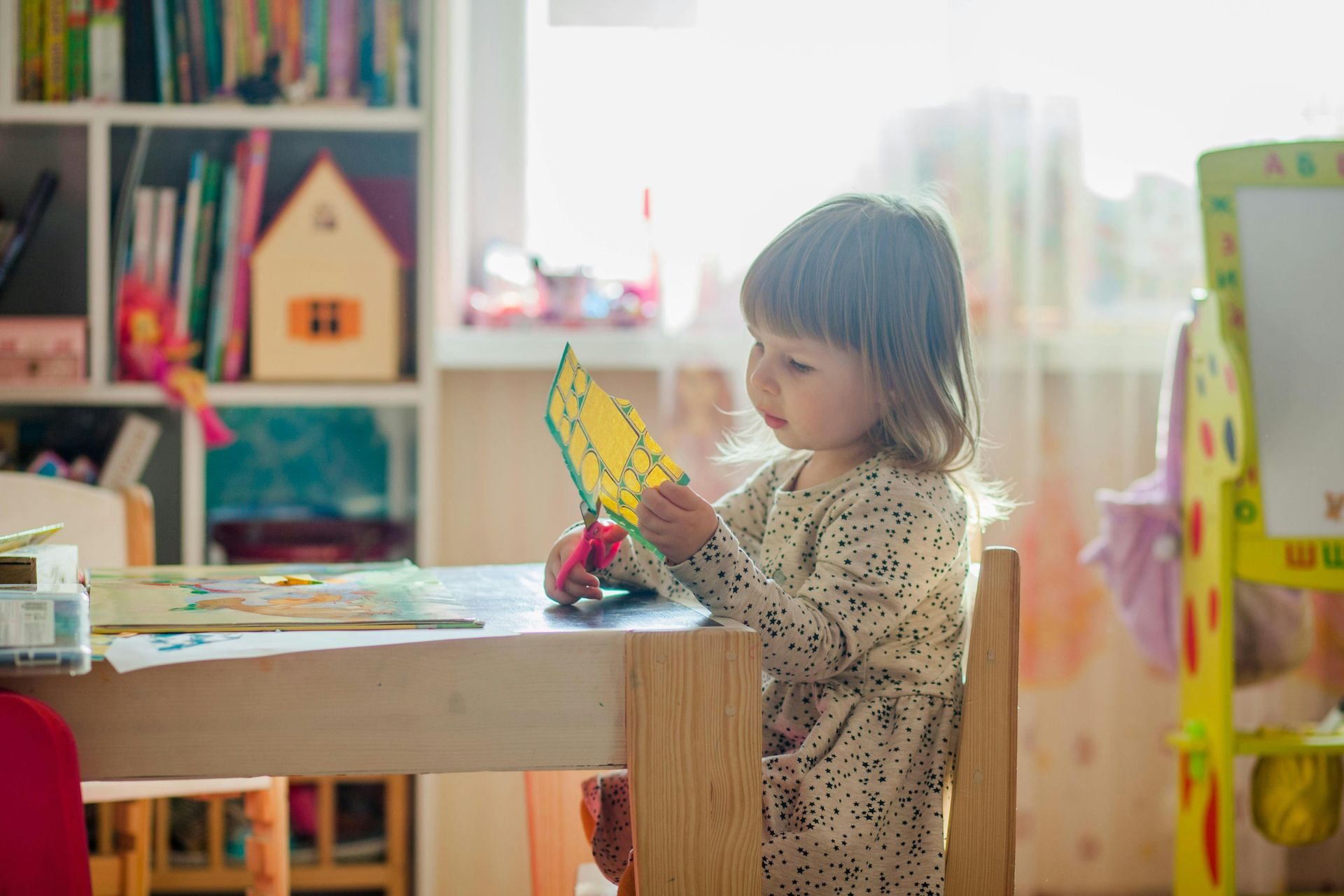
From a baby’s first cry to a toddler’s first sentence, every moment of early childhood is filled with rapid growth and discovery. While these milestones are exciting for parents and caregivers, they also point to something incredible happening behind the scenes: the brain is developing at a remarkable pace.
At Oakridge Children’s Academy, we understand that early childhood is a window of opportunity for shaping a child’s future. During these formative years, the brain forms millions of connections that lay the foundation for learning, behavior, and emotional well-being. By understanding the science behind early brain development, parents and educators can work together to create experiences that support each child’s potential.
Let’s explore what’s really happening in a young child’s brain and how we can nurture this growth in ways that last a lifetime.
The Brain Grows Fast—Really Fast
The human brain is the only organ not fully developed at birth. While babies are born with all the neurons they’ll ever have (about 86 billion), what makes the brain “smarter” is how those neurons connect with each other. These connections, known as synapses, form at a rapid rate in early childhood—especially during the first five years of life.
By age 1, a baby’s brain has doubled in size.
By age 3, the brain has reached about 80% of its adult volume.
By age 5, the brain is about 90% developed.
During this time, the brain is more adaptable than it will ever be again. This is why early experiences matter so much—both positive and negative interactions directly influence how the brain wires itself.
Sensitive Periods and the Importance of Early Experiences
Certain parts of brain development happen during what scientists call sensitive periods—times when the brain is especially primed to learn specific skills. For example:
- Language development is most active between birth and age 6.
- Emotional regulation begins to form through secure relationships in the first few years.
- Motor and sensory development rely on early movement, touch, and exploration.
When children are exposed to enriching, nurturing experiences during these sensitive windows, their brains build strong pathways that support learning, attention, empathy, and self-control.
On the other hand, a lack of stimulation, high levels of stress, or inconsistent caregiving can weaken these pathways, making it more difficult for children to reach their full potential later on. This is why early education and care are more than preparation for kindergarten—they are essential investments in a child’s lifelong development.
The Role of Relationships in Brain Development
One of the most powerful influences on brain development is relationships. From birth, a child’s brain is shaped by the people around them—parents, caregivers, teachers, and peers. Warm, responsive relationships help build strong neural connections related to trust, communication, and emotional security.
This process is often referred to as “serve and return” interaction. Just like a game of tennis, a child “serves” by babbling, pointing, or expressing emotion—and an adult “returns” by responding with eye contact, words, a smile, or a comforting touch. These back-and-forth exchanges are the building blocks of brain architecture.
At Oakridge Children’s Academy, our teachers intentionally create nurturing environments where each child feels seen, heard, and valued. These consistent, caring interactions are not just comforting—they are brain-building experiences that support emotional and cognitive growth.
Play: The Brain’s Favorite Way to Learn
Research consistently shows that play is one of the most effective ways to support brain development in young children. Through play, children develop problem-solving skills, strengthen memory, build language, and practice self-regulation.
There are several types of play that stimulate different areas of the brain:
- Imaginative play supports creativity and flexible thinking.
- Physical play promotes motor development and coordination.
- Social play teaches empathy, negotiation, and cooperation.
- Constructive play like building blocks or puzzles enhances spatial awareness and logical thinking.
When children are given time, space, and freedom to play in an environment filled with supportive adults and diverse materials, their brains light up with activity. Play isn't just fun—it's foundational for development.
Nutrition, Sleep, and Movement Matter Too
While experiences and relationships shape brain wiring, basic physical needs also play a vital role in brain development:
Nutrition: The brain needs proper fuel to grow. Nutrients such as protein, iron, zinc, and omega-3 fatty acids support cognitive function and memory. A balanced diet during the early years can significantly affect attention span, mood, and learning capacity.
Sleep: Toddlers and preschoolers need 10 to 14 hours of sleep every day, including naps. During sleep, the brain processes what was learned during the day and strengthens memory.
Movement: Physical activity is not just good for the body—it’s essential for the brain. Movement increases blood flow, reduces stress, and strengthens connections related to balance, coordination, and attention.
At Oakridge, our programs are designed with the whole child in mind—ensuring children get the nutrition, rest, and movement they need alongside intentional learning experiences.
Stress and the Developing Brain
While some stress is normal and even healthy (like trying a new activity), chronic or toxic stress can harm brain development—especially in early childhood. Toxic stress can come from prolonged exposure to adversity such as neglect, abuse, or extreme instability without the support of a caring adult.
When children are under continuous stress, their bodies release high levels of cortisol, a hormone that can disrupt learning, memory, and emotional regulation. However, the presence of a nurturing, responsive adult can buffer the effects of stress and help a child return to a sense of safety and regulation.
This is why emotional support is just as important as academics in early childhood education. At Oakridge Children’s Academy, we prioritize children’s emotional well-being as a foundation for all learning.
Lifelong Impact: Why Early Brain Development Matters
The brain’s early wiring has lifelong implications. Studies show that the quality of early childhood experiences affects:
- Academic performance
- Emotional intelligence
- Physical and mental health
- Social relationships
- Economic outcomes in adulthood
Investing in early childhood development doesn’t just benefit the individual child—it benefits society by reducing the need for remedial education, healthcare interventions, and social services later on.
Simply put,
early investment yields long-term returns—and that investment starts with meaningful relationships, enriching environments, and quality early education.
Encouraging independence in toddlers goes hand-in-hand with supporting their learning through play, as both practices foster growth and self-confidence. Discover practical strategies for nurturing independence in our post on
How to Encourage Independence in Toddlers, and learn how play can enhance your child’s development in
5 Ways to Support Your Child’s Learning Through Play.
Conclusion
The science of early childhood brain development shows us that the first five years are a critical time for shaping the mind, heart, and future of every child. During this period, every positive interaction, every opportunity to explore, and every loving relationship helps build a strong foundation for learning and growth.
At Oakridge Children’s Academy, we are passionate about providing an environment where young minds can thrive. Our educators are not only caregivers and teachers—they are brain builders. We partner with families to ensure that every child receives the nurturing, stimulation, and support they need to reach their full potential.
Understanding how the brain grows gives us the power to make intentional choices—at home and at school—that will impact a child’s development for years to come. Together, we can help children build strong minds, kind hearts, and bright futures.
